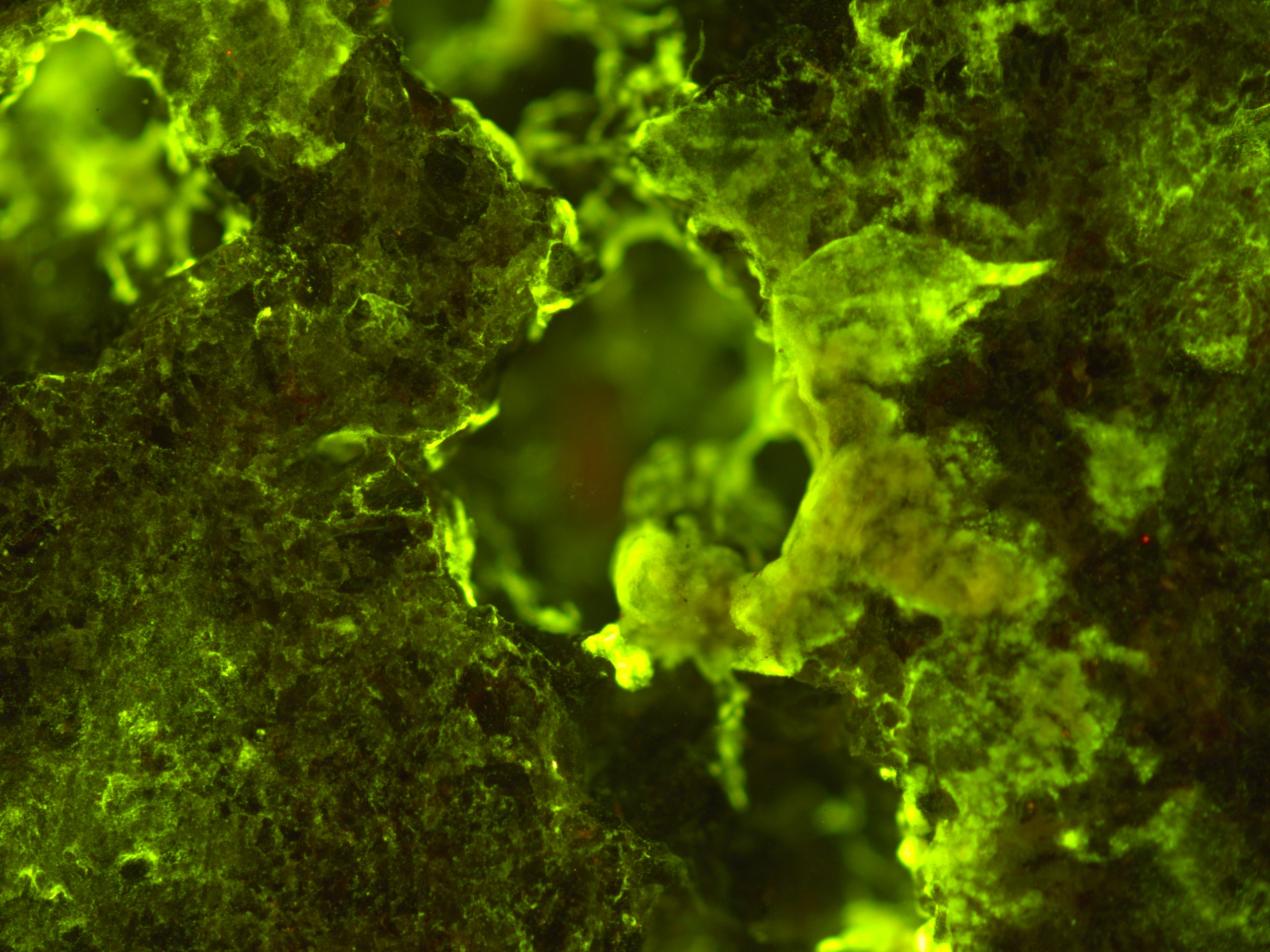Now on the way to its new home in space, ESA’s Atomic Clock Ensemble in Space (ACES) will soon be ready to explore some of the most fundamental questions in physics, from the nature of gravity to the definition of time itself.
At the heart of ACES are two complementary clocks: the caesium-based PHARAO and the Space Hydrogen Maser. Working together with a sophisticated time transfer system, they will allow ACES to compare its own precise onboard timekeeping with the most accurate clocks on Earth, forming a global “network of clocks” that will enable comparisons across continents with extraordinary precision, enabling a plethora of science.
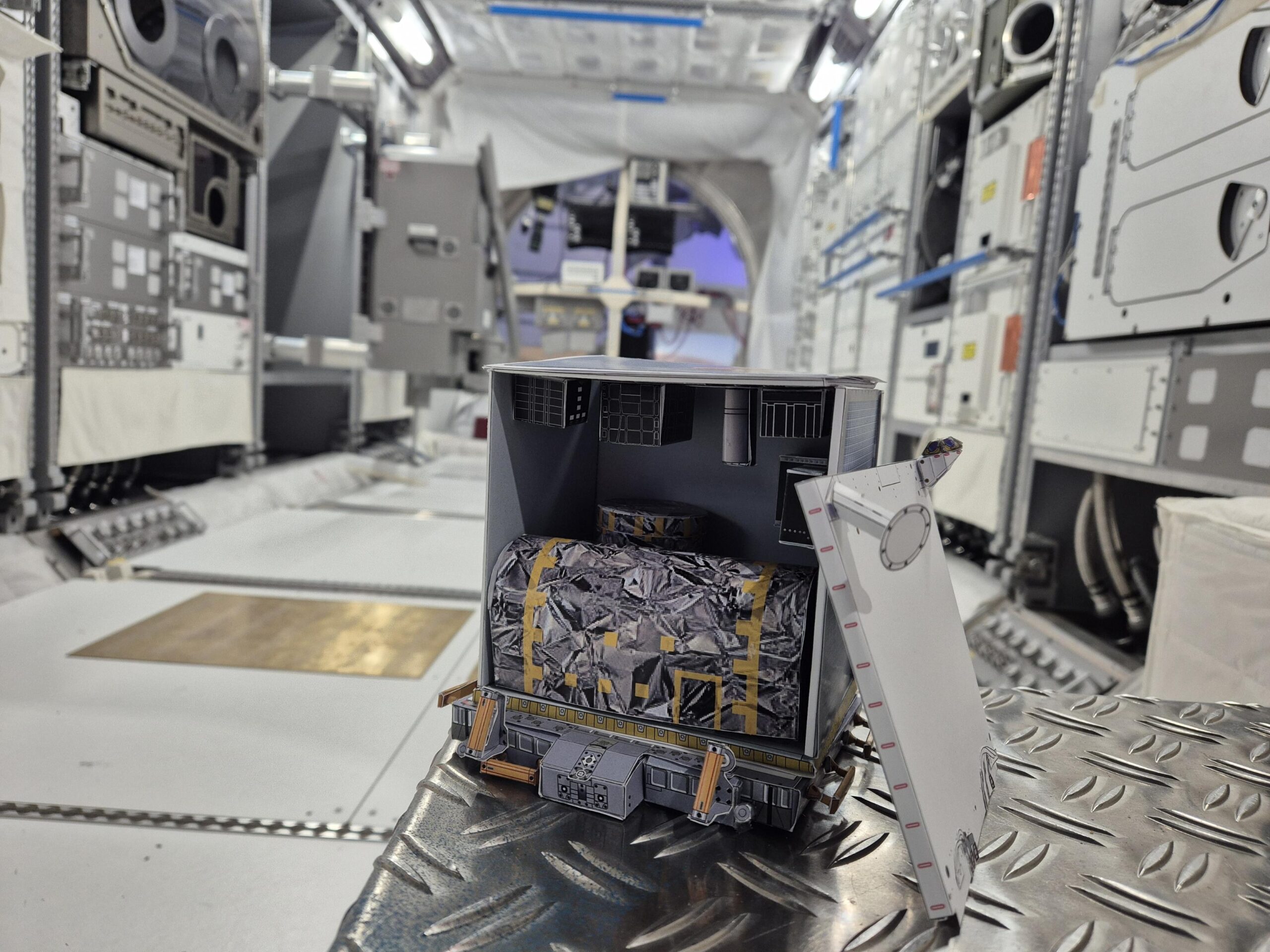
ACES paper model in the Columbus mock-up at ESTEC, ESA’s technical heart in the Netherlands.
Credit: ESA-M. Boere
Relatively incredible clocks
One of the primary scientific goals of ACES is to test Einstein’s theory of general relativity, according to which gravity influences the flow of time, a phenomenon known as gravitational redshift, or time dilation. Previous experiments have demonstrated that clocks tick faster at higher altitudes, for example at the top of Mount Everest. ACES will take this experiment to new heights by measuring time from 400 kilometres above Earth, with an accuracy unmatched by any prior mission. Its data are expected to improve current measurements of gravitational redshift by ten times.
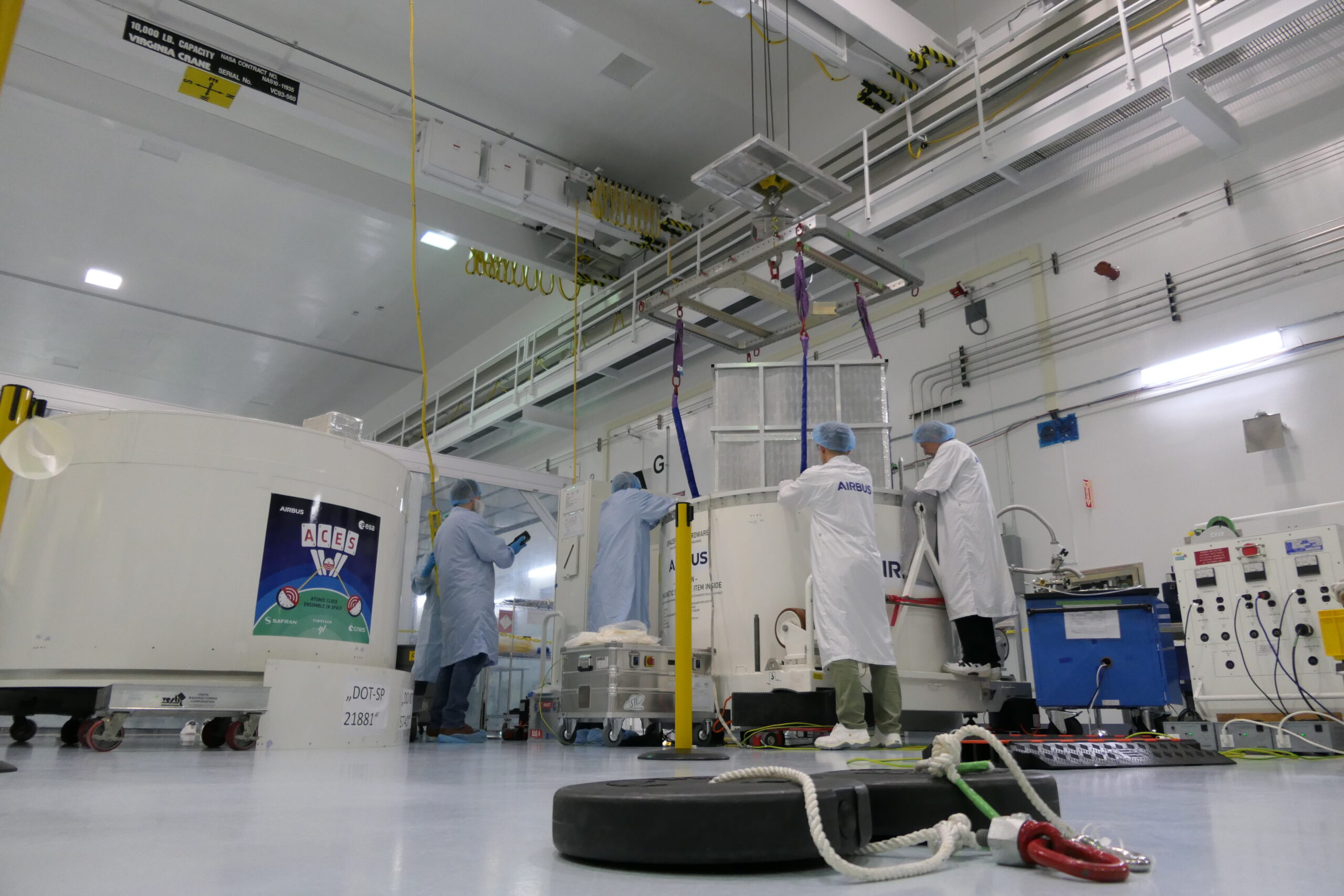
ACES being lifted out of its transport container at NASA’s Kennedy Space Center on 14 March 2025.
Credit: ESA-T. Peignier
A new second
ACES may also help redefine the second itself. Today’s time standard is based on caesium clocks similar to PHARAO, but optical clocks are emerging as the future of timekeeping. Until now, comparing these clocks across continents has not been possible with sufficient accuracy. ACES will change that by enabling worldwide clock comparisons with a precision of one part in 10-17, or about 10 quintillionths of a second; this is up to a hundred times better than current GPS-based methods.
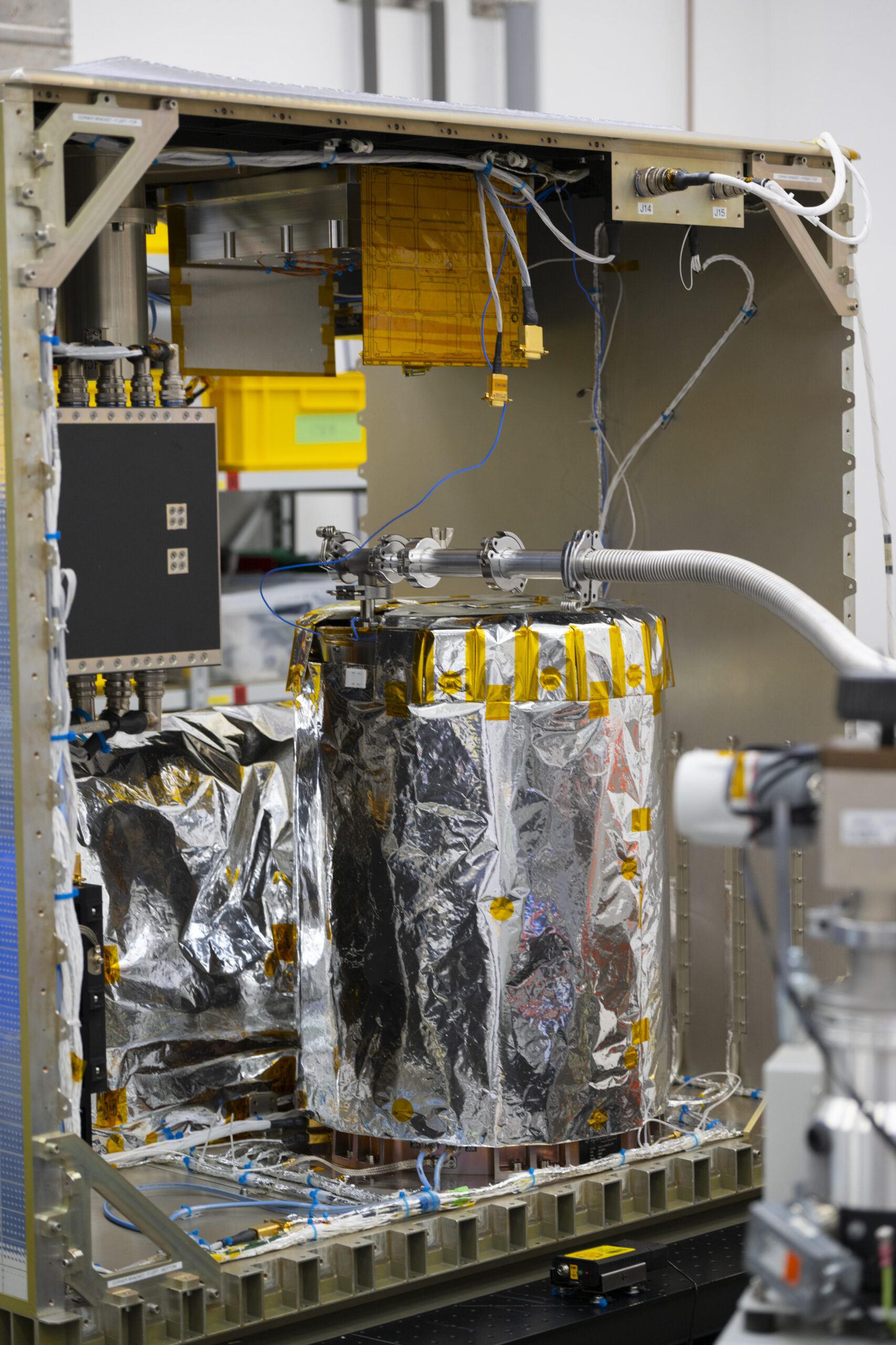
ACES in the cleanroom at Airbus in Friedrichshafen, Germany, in spring 2024.
Credit: ESA-S. Corvaja
The shape of Earth
ACES will also benefit the field of geodesy, the science of measuring the Earth’s shape and gravity field, and how these change over time. By comparing time dilation between clocks at different altitudes on Earth, ACES will provide ultra-precise data that can help scientists better understand local variations in Earth’s gravity caused by differences in terrain density, such as continents or oceans. The ACES local measurements could lead to more accurate maps of Earth’s gravitational field and help unify height systems across nations and continents.
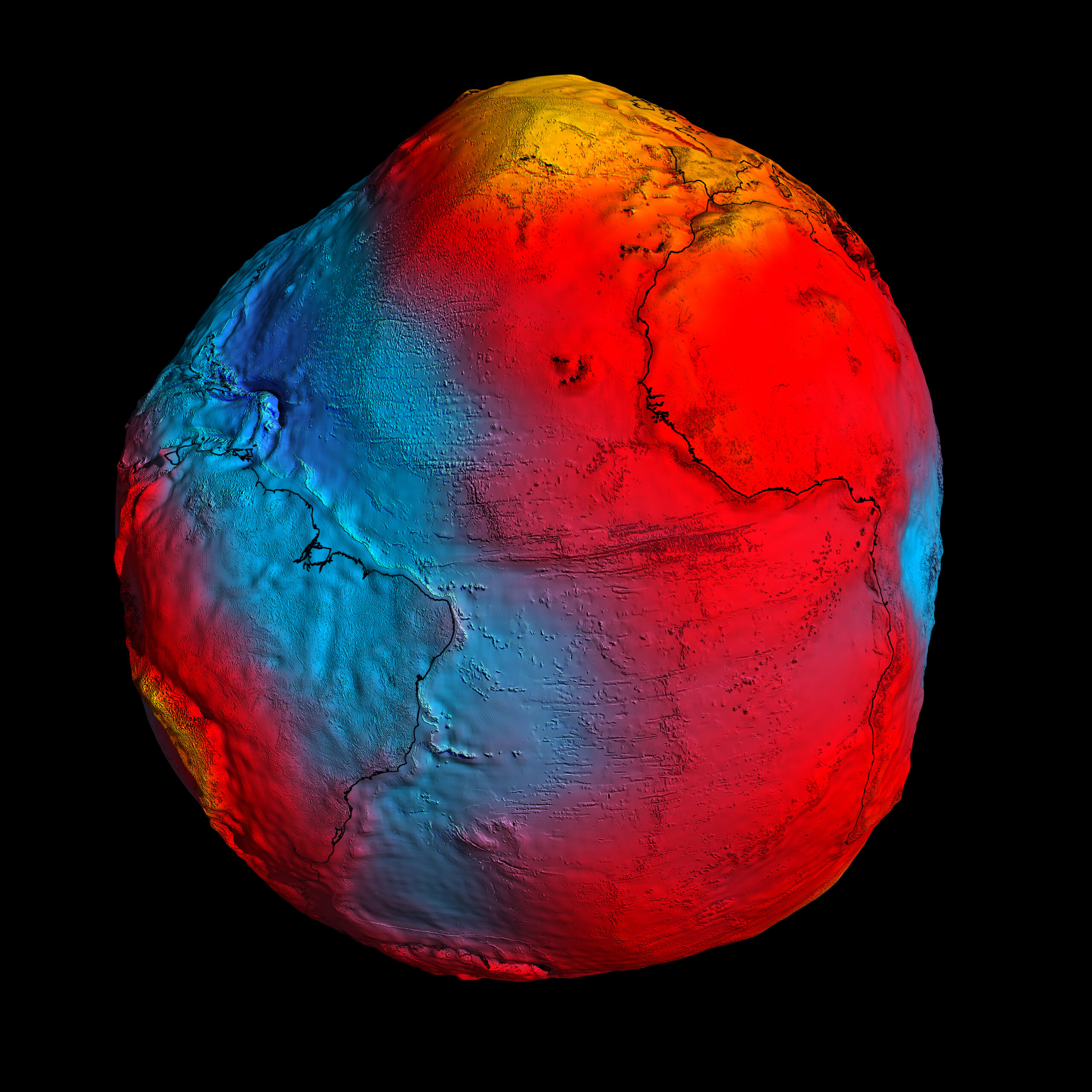
ESA’s GOCE mission has delivered the most accurate model of the ‘geoid’ ever produced; the colours in the image represent deviations in height (–100 m to +100 m) from an ideal geoid. The blue shades represent low values and the reds/yellows represent high values.
Credit: ESA/HPF/DLR
New physics
ACES also offers a rare opportunity to probe the Universe’s fundamental laws. By comparing ground clocks based on different atomic transitions, ACES can monitor whether key physics constants, such as the fine-structure constant which governs the strength of electromagnetic interactions, remain unchanged over time. Any variation, however small, could hint at new physics in the fields of dark matter, standard model extensions and more.
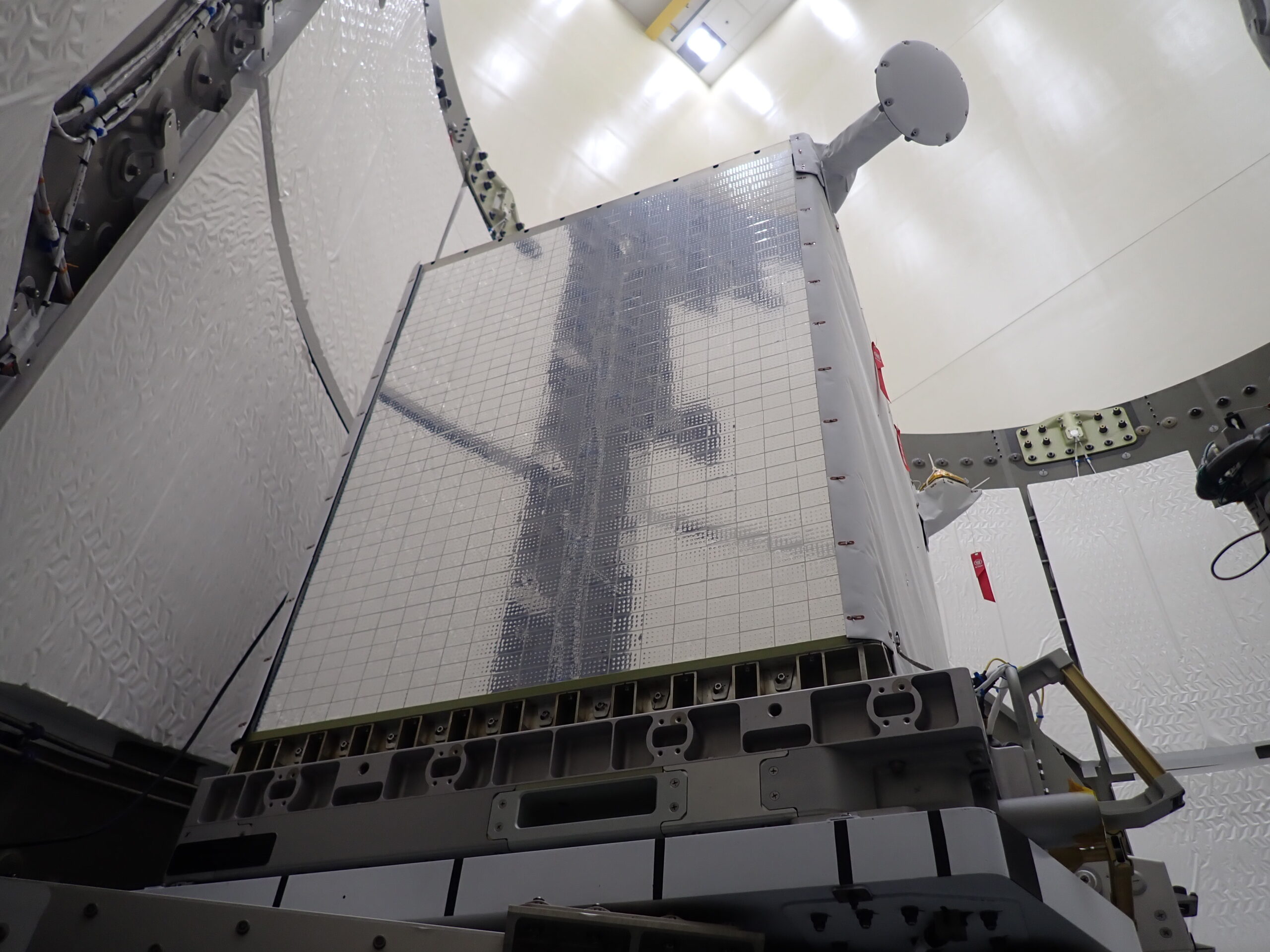
ACES before its launch on SpaceX’s 32nd Commercial Resupply Service mission to the International Space Station on 21 April 2025.
Credit: SpaceX
“These incredible experiments position ACES not just as an ultra-precise timekeeper in space, but as a laboratory for exploring the fundamental workings of the Universe, one second at a time,” says Luigi Cacciapuoti, ACES Project Scientist, ESA.
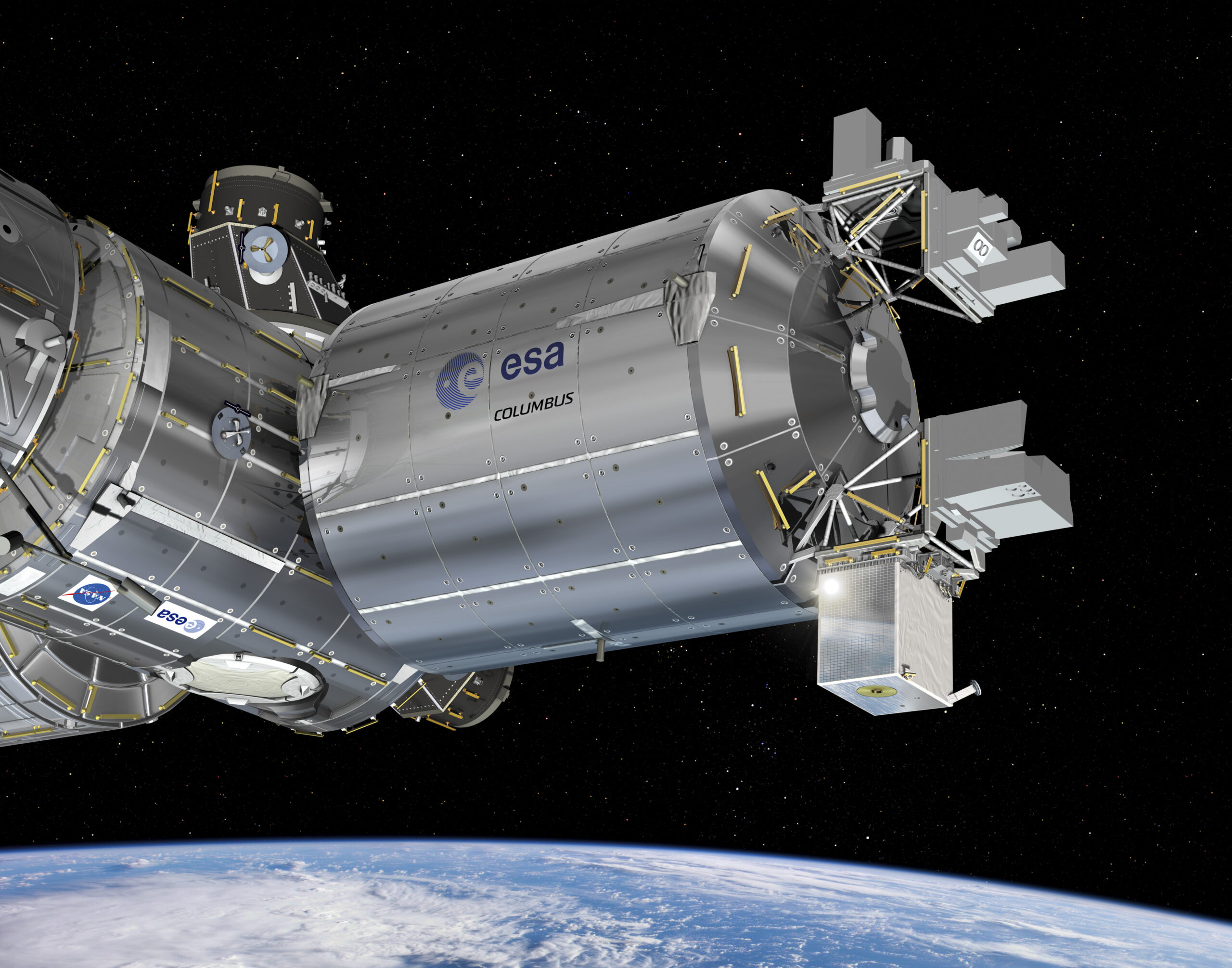
A rendering of ACES on the outside of ESA’s Columbus laboratory on the International Space Station.
Credit: ESA-D. Ducros


